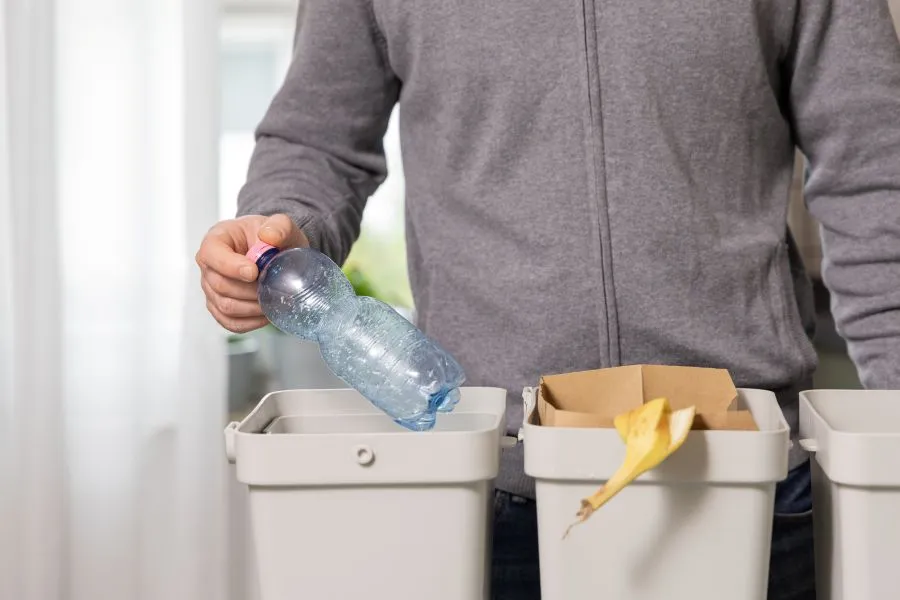Tailored bin placement can boost waste system efficiency in rural China, study finds
Key takeaways
- Study finds tailoring bin placement by waste type and behavior can improve rural waste management efficiency in China.
- Recycle bins placed further from homes and food waste bins placed closer reduce overflow and cost.
- Researchers urge data-driven, behavior-aware waste policies to address low rural disposal rates and environmental pollution.

A recent study has determined that different service areas for types of waste can improve rural waste management efficiency in China. It highlights how accounting for behavioral patterns and demand uncertainty in waste management systems can help create realistic and cost-effective solutions.
The study advocates for placing bins for recyclable waste further from homes as recyclables are produced often but discarded less frequently. Meanwhile, food and other waste bins should be placed closer to homes as they are used more often, the study finds. Doing so is said to improve cost, bin utilization, and overflow control in rural areas.
The study, published in Waste Management, suggests solutions to optimize collection systems in rural China, which remains a significant issue because of large populations and an underdeveloped economy.
“While China’s urban waste disposal rate has reached 99.90%, the rural rate remains low, especially in the central and western regions. As a significant component of solid waste in rural areas, household waste has become a major source of environmental pollution and has drawn considerable attention from the government,” say the study authors.
The research suggests policies that utilize data-driven, behavior-aware waste collection design in rural areas of China.
Categorizing household waste
The research classified household waste into four categories — food, recyclable, hazardous, and other.
It highlights that, for overall efficiency, waste collection points (including location, type, and number of bins) must be arranged properly, with respect to quantity and behavior habits of residents.
The research notes that the amount of recyclable waste produced is relatively high yet discarded less frequently than other types of waste.
.webp) The research says the amount of recyclable waste produced in China is high but discarded less frequently than other types of waste.The study implements two mathematical models. The first determines optimized bin locations and numbers assuming fixed waste generation. The second added waste overflow penalties to account for varying demands.
The research says the amount of recyclable waste produced in China is high but discarded less frequently than other types of waste.The study implements two mathematical models. The first determines optimized bin locations and numbers assuming fixed waste generation. The second added waste overflow penalties to account for varying demands.
Differentiating collection points
These methods were applied to Xi’an in the Shaanxi province in rural China. The researchers tested how different bin placements, coverage radii, and behavior affect environmental performance.
The researchers set up 2,617 demand points and 398 potential collection points were set up to measure what materials were collected and where.
The study concludes that differentiated bin radii and behavioral accountability improve waste management efficiency. It also notes penalty-based demand flexibility reduces risk and cost with minimal infrastructure change.
Urban areas
The authors explain the limitations of the study, which only analyzes the collection point of rural areas in China. It acknowledges that urban waste management differs in disposal habits, density, and composition.
Moreover, the study highlights that the impact of walking distances changes depending on the terrain and that its model does not account for seasonal or daily changes in waste generation.
Recently, WM, North America’s largest recycler, released its 2025 Recycling Report, revealing that 44% of those who find recycling difficult say driving to another location is the biggest barrier.











